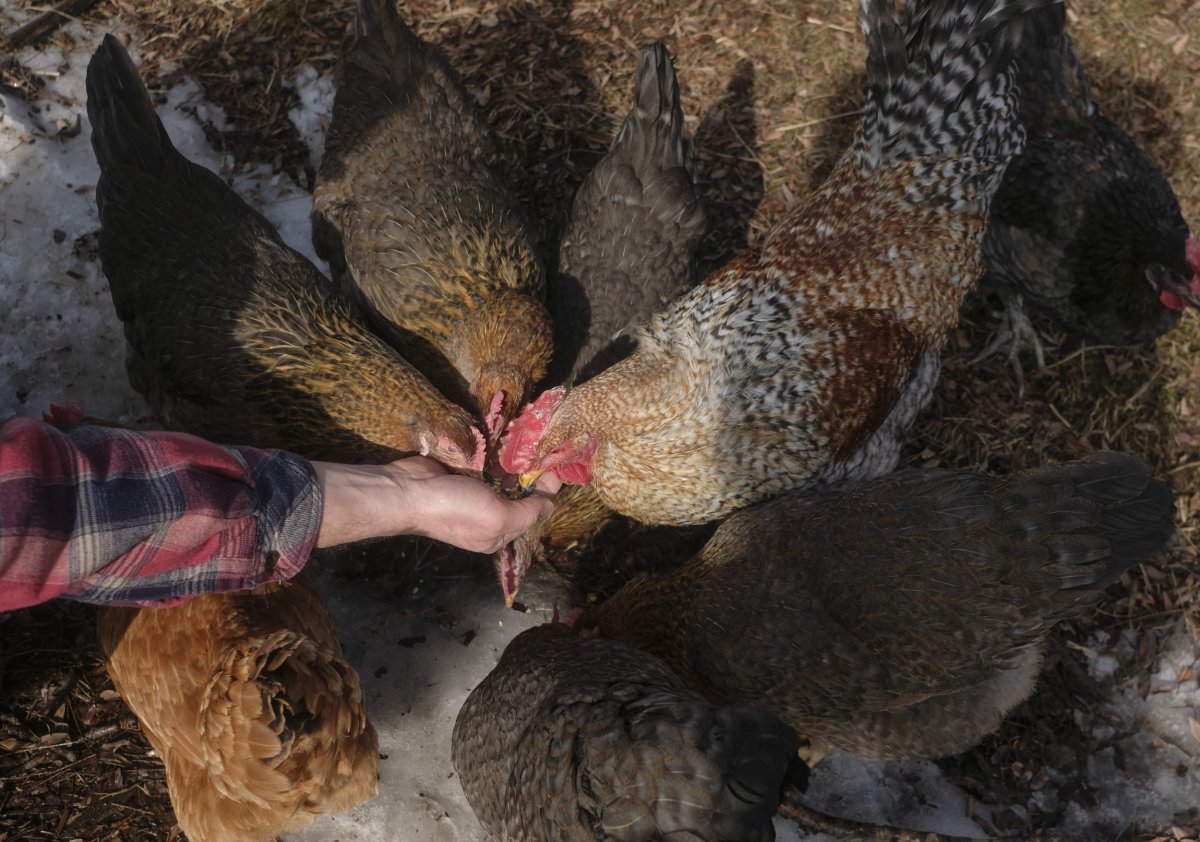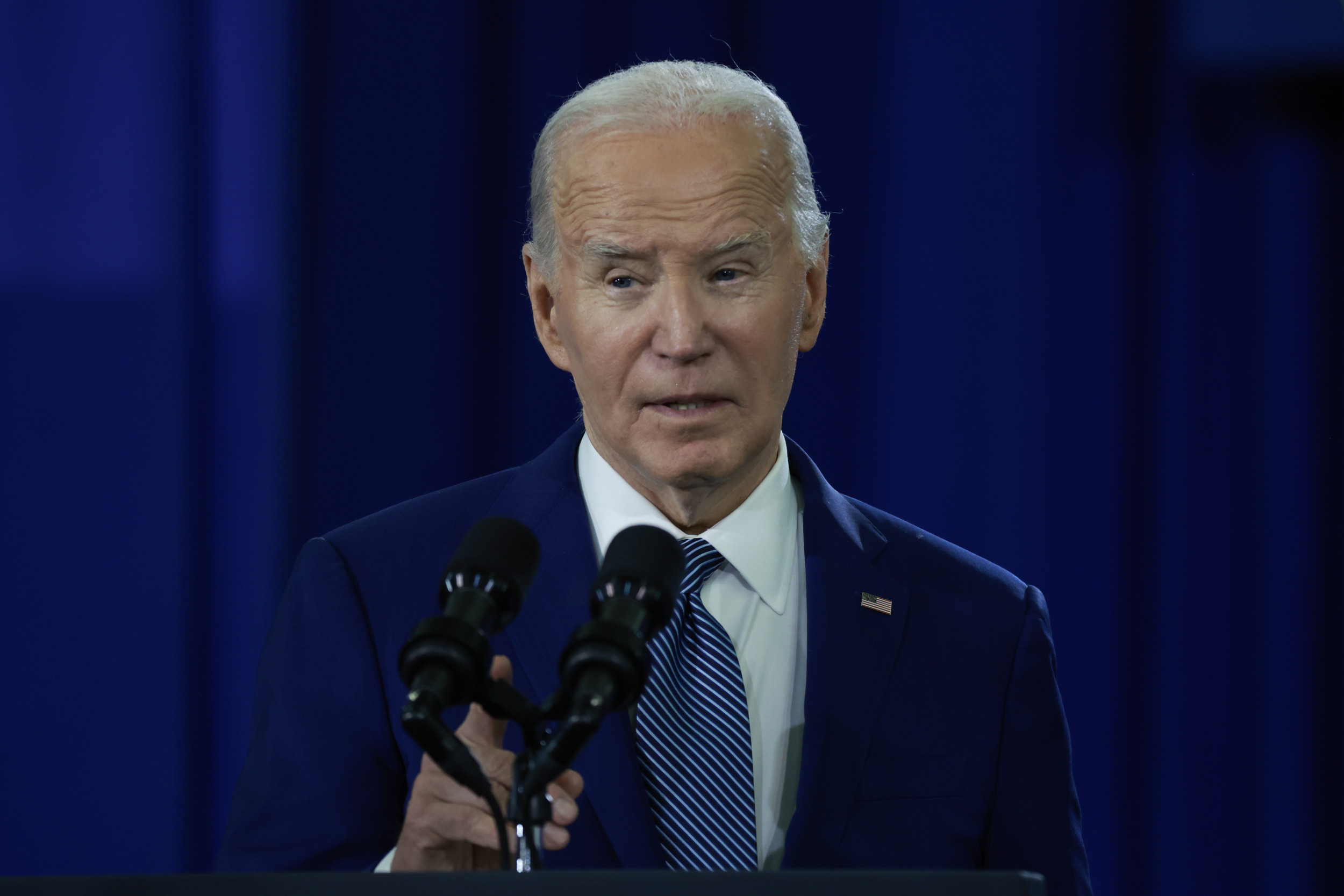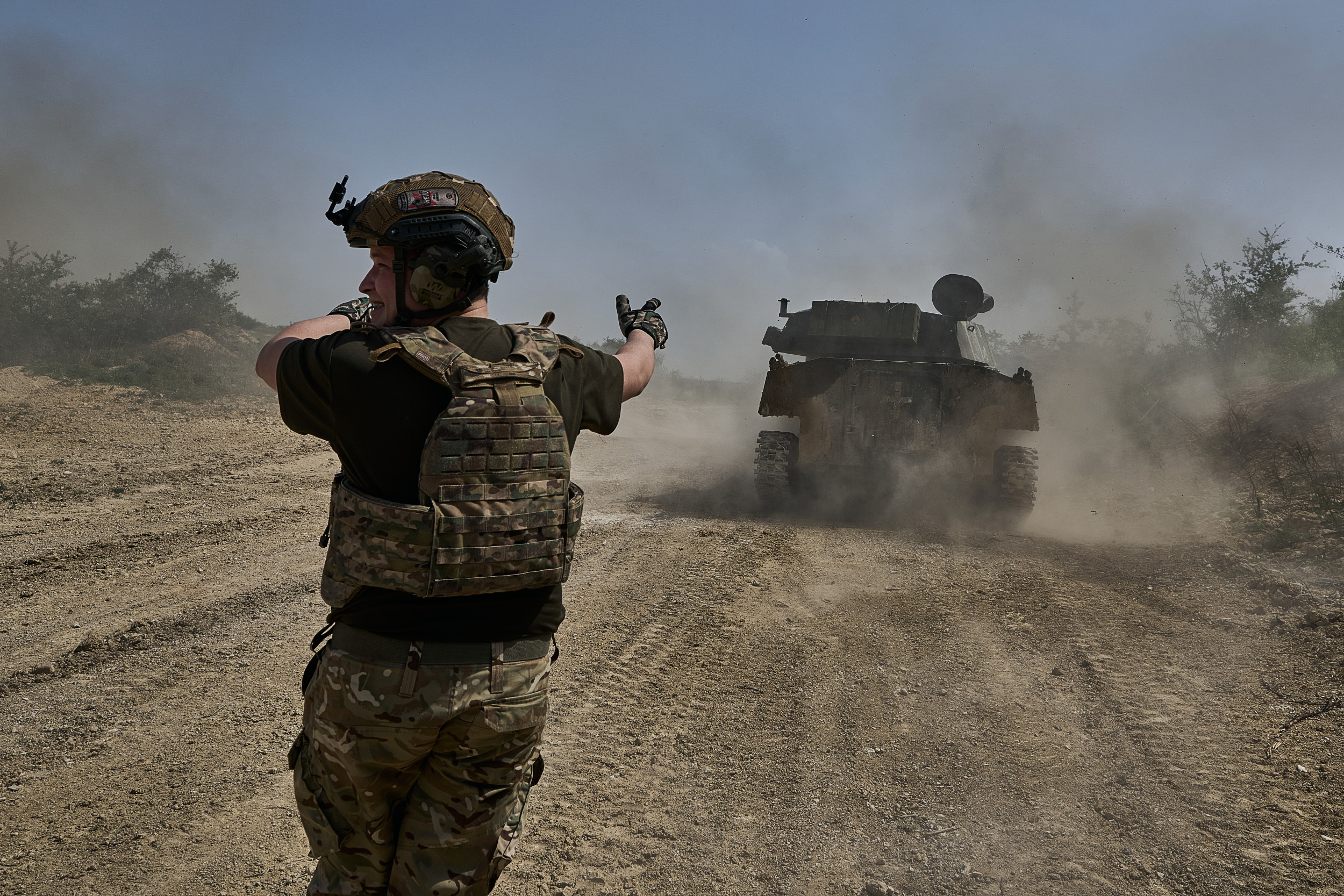The government is freaking us out on bird flu. It's not what they're saying—it's what they are not saying.
For more than two years the bird flu outbreak has caused devastating die offs among wild birds, wild mammals, and farmed birds. It's overwhelming, and much of the public has understandably tuned it out.
But we should expect a lot more vigilance from the federal government, which seems complacent in the face of the outbreak's newest and most frightening development to date. Last week, H5N1 made the first known jump into U.S. dairy cows and appeared to start spreading fast. Now this week, the U.S. Department of Agriculture (USDA) announced the first case of the virus apparently spreading from cow to human. The USDA and the U.S. Food and Drug Administration (FDA), in matching statements, were quick to assure the public that everything is fine.
But the potential risks of this spillover event are much bigger than either the government or industry leaders seem ready to publicly admit. The American food system relies on factory farming of animals, pushing hundreds of millions of them together into inhumane, unsanitary, dangerously overcrowded conditions. It's the perfect breeding ground for viruses, increasing the risk of mutations, the risk of rapid spread, and the risk of farm workers getting infected through direct exposure.

Yet the USDA's official statements to date lack any reassurance that the agency is moving aggressively to combat these risks. Let's break down all of the things missing in the USDA's March 29 statement.
Early on the USDA said, "Initial testing has not found changes to the virus that would make it more transmissible to humans ... the current risk to the public remains low."
This fails to acknowledge the long history of zoonotic viruses becoming dangerous to humans. The 2009 swine flu pandemic followed that exact route, from avian flu to livestock to people. The two worst pandemics in our nation's history—the 1918 Spanish Flu and COVID-19—were both zoonotic diseases that migrated to humans after starting in animal populations. The testing may show this strain is not highly contagious to humans yet, but spreading to livestock is a very dangerous milestone and more mutation is certain. We can't be certain that it will ever mutate dangerously—but trusting to luck with so many unknowns is a dangerous gamble.
Likely the virus has mutated already, according to the USDA's next claim: "Spread of symptoms among the Michigan herd also indicates that [bird flu] transmission between cattle cannot be ruled out. "This means that the virus has likely already changed enough to spread from cow to cow, as The New York Times reported. And yet the USDA said that it has only "advised" dairy farmers to change their practices to reduce spread. There is no mention here, or in media interviews, of the USDA or FDA even considering stronger steps, like emergency regulation or mandatory testing to find infected animals. Changes so far appear to be voluntary, despite the fact that a widespread cattle epidemic could be a major blow to the industry, disrupt our food chain, disrupt trade, and create much higher food prices for Americans.
Now that the virus has reached dairy cows, there are also more pathways for it to get into the human food chain. Active H5N1 virus was already found in milk that came from sick cows. But even if dairy cows are sick, the USDA said, "There continues to be no concern about the safety of the commercial milk supply because products are pasteurized before entering the market." This is true sometimes—but not all the time. Standard industry practice is to pasteurize milk by heating it to 161 degrees Fahrenheit for at least 15 seconds. But those standards were designed to kill known bacteria, and it can take much longer to kill viruses. Research into coronaviruses found that it took 3 minutes at temperatures above 160 degrees Fahrenheit to kill the virus on surfaces. It's not safe to assume pasteurized milk is safe from H5N1and again, there is no mention by either the USDA or FDA that they are testing it to find out.
Furthermore, the USDA said, "Dairies are required to send only milk from healthy animals into processing for human consumption; milk from impacted animals is being diverted or destroyed." Again, it appears that the USDA is expecting farms to comply with this voluntarily, with no additional inspections or oversight. Dairy farmers have every economic incentive to ignore this advice as long as the milk appears normal. According to reports, farmers only tested milk for virus because they noticed the milk looked "thick and syrupy." The USDA makes no mention of any plan to screen milk from infected herds to see if milk that looks normal may also carry the virus. There is no mention of USDA requiring infected herds to quarantine. There could be viruses in the milk on grocery shelves right now.
The USDA ends by saying farmers are "urged" to make changes to reduce the spread of disease. But as a longtime watchdog of the industry and a veterinary epidemiologist, we've seen time and again how large agricultural corporations sacrifice health, safety, and the humane treatment of animals in the pursuit of profit. There is no reason they'll change now. But this time, the stakes are too high to ignore. The USDA needs to make it clear that they have a handle on this problem before it's too late.
Andrew deCoriolis is the executive director of Farm Forward.
Gail Hansen is a public health veterinary expert and independent consultant. She is the former state epidemiologist and state public health veterinarian for the Kansas Department of Health and Environment.
The views expressed in this article are the writers' own.
Uncommon Knowledge
Newsweek is committed to challenging conventional wisdom and finding connections in the search for common ground.
Newsweek is committed to challenging conventional wisdom and finding connections in the search for common ground.
About the writer
To read how Newsweek uses AI as a newsroom tool, Click here.








